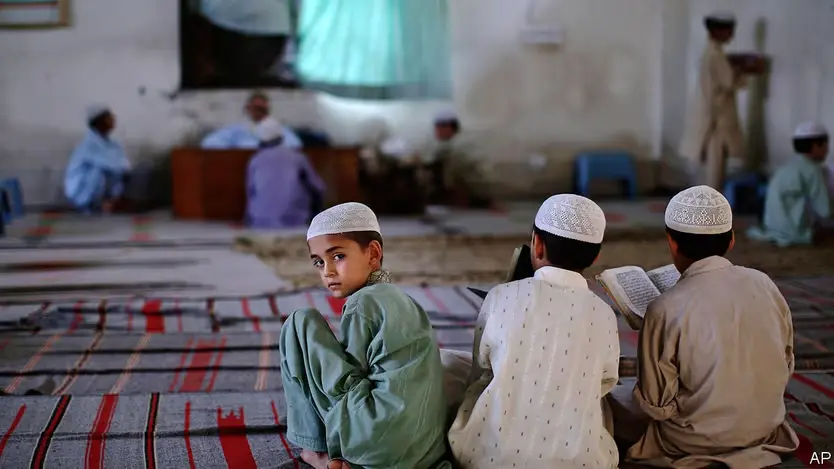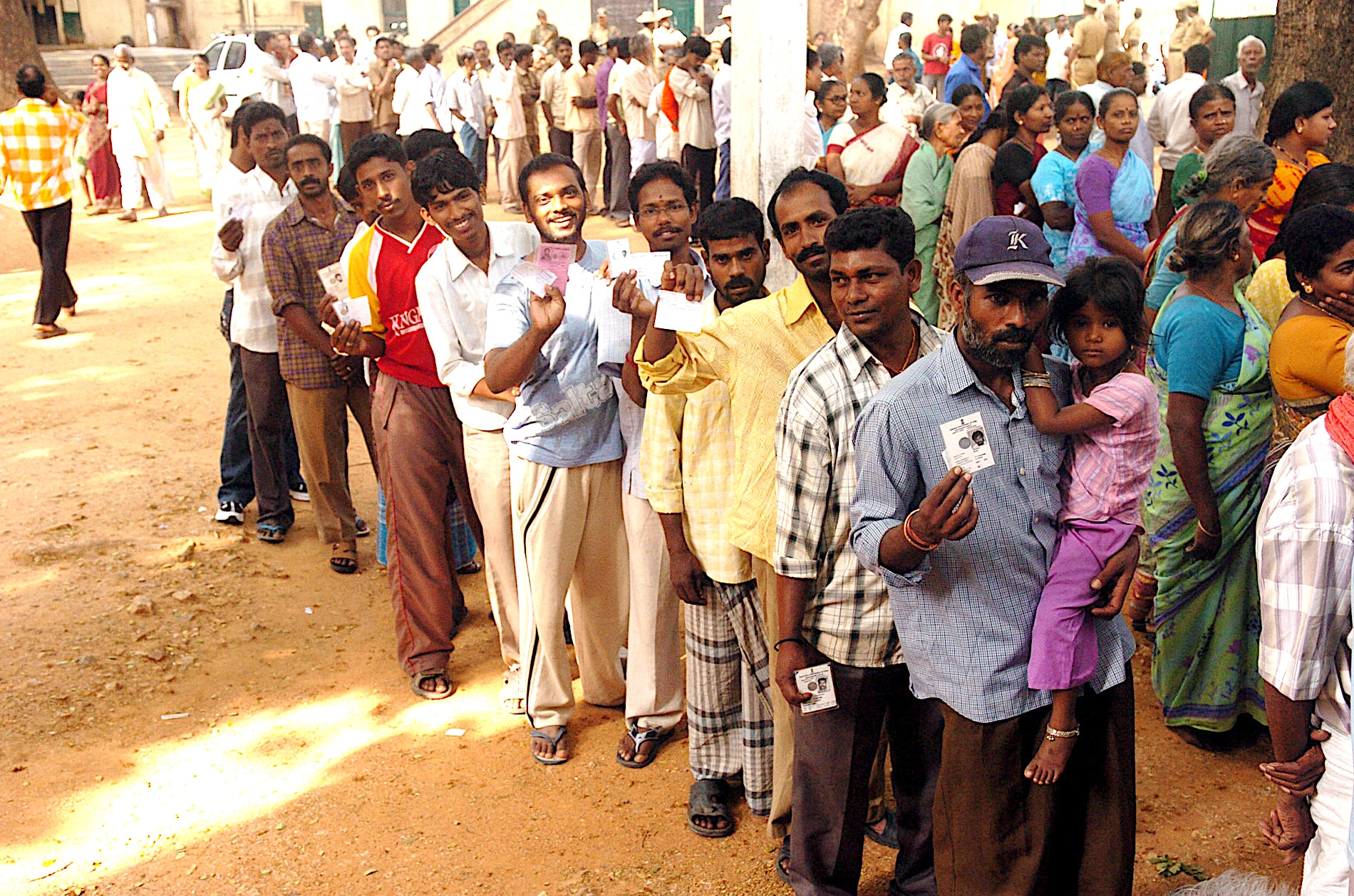Bangladesh has taken a reverse course in combating the pandemic in contrast to the developing countries in the region. The remittance and export data for July have climbed significantly rendering the fears obsolete.
It was initially anticipated that the two linchpins of the economy, exports, and remittance, would experience a fall down in response to the outbreak. However, the case is observed to be otherwise for the two indicators.
Statistics recorded in favor of Bangladesh’s economy
Exports top $3.9billion in July. This reflects a 44.4% growth against the previous month. As for against a year earlier, 0.60 % swell is recorded. The statistics are revealed by the Export promotion bureau on Tuesday.
After declines in four consecutive months since February, July\’s export data \”comes as a big relief\”, said Zahid Hussain, former lead economist of the World Bank\’s Dhaka office.
Ahsan H Mansur, executive director of the Policy Research Institute of Bangladesh said, “This much recovery amid the pandemic was unexpected\”.
Inflows beat the target
July’s inflows have managed to outperform the target by 13.4%.
\”It is a remarkable achievement given the disruptions to production and trade caused by the virus,\” Hussain said.
84% of the total exports earning for the country are by means of the garment sector. Which in the present case has also led the charge in upscaling the revenue?
Garments shipment recorded a 14.1% increase totaling to $3.2 billion in number. The statistics exceed the target laid out by the commerce industry for July. For the previous year, in July, the exports stood at $3.3 billion.
The Garment sector didn’t perform well enough
Mohammad Abdus Salam, acting president of the Bangladesh Garment Manufacturers and Exporters Association is not excited over the development.
He said, \”Had the sector\’s export earnings soared 25 percent or more, we could have said the garment sector performed well.\”
In a briefing to the Daily Star, the acting president said the figures have developed at the back of dispatching the stuck shipments.
He briefed the media source over the phone call that the lockdown had had the shipments stuck for the months of April and May and have been released recently in the last two months.
Still, the hopes remain high
Salam said that the demand for Bangladesh’s garments picked up in the western countries amid pandemic.
Since the stores are opening up in the US and UK, this sends out a positive signal to the apparel exporters in the country.
\”We are expecting that the garment export will rebound strongly from September onwards because the international retailers are coming back with work orders and they are mainly for basic garment items,\” Salam added.
He took the exports to European and non-traditional markets into account for being a dominant contributor to the growth.
He said the Eurozone retails sales, since May, have recovered to near pre-lockdown levels.
Eurozone picks up the demand
\”Governments in Europe have spent billions to limit the damage to employment. The good news is France, Germany, and most of Europe have extended short term work support schemes through the rest of 2020. This will help sustain the recovery in consumer spending.\”
Hussain further credited the government for robust support. He said the subsidized credit for wage payments have predominantly kept the supply chain and exporting enterprises to stay afloat.
Sectors-wise growth
Jute and jute goods exports climbed up to 38.2 percent to $103.5 million, homes textiles 42.5 percent to $94 million, agriculture products 30.9 percent to $101.1 million, and pharmaceuticals 49.1 percent to $17.1 million.
\”The pharmaceutical industry appears to have taken advantage of the increased demand due to the virus,\” he said.
Remittance inflows outperformed expectations
42.1 percent increase in remittance is recorded against the previous month. Also, the inflows went up to 62.5% from a year earlier.
Migrant workers have sent in $2.6 billion in July. This makes the inflow to be a record in a single month. In the last fiscal year, that ended on June 30, $18.2 billion were recorded in remittance.
On the heels of the development, the foreign exchange reserves surged past the $37 billion marks for the first time in history.
The developments have upturned the prediction of economists.
Asian Development Bank
ADB has predicted Bangladesh to be amongst the top five worst-hit economies. The worst-case scenario implies the economic activities to take about a year before recovery.
The non-Bangladeshis in the EU and the US haven’t spent much following the closing of retail stores, especially between march-May.
Mansur, the executive director of PRI Bangladesh said that Given the near-zero interest rates in much of the Western world, the NRBs felt their savings would yield greater returns if parked with banks in their home country, where the interest rate is 6 percent.
Bringing In remittance through the legal channel
Finance Minister AHM Mustafa Kamal, credits 2 percent cash incentive on remittance that he introduced last fiscal year for the rise in inflows. Also, he expects $3-5 billion more remittance to enter the economy this year.
He said that the efforts are to bring in remittances through legal means.





